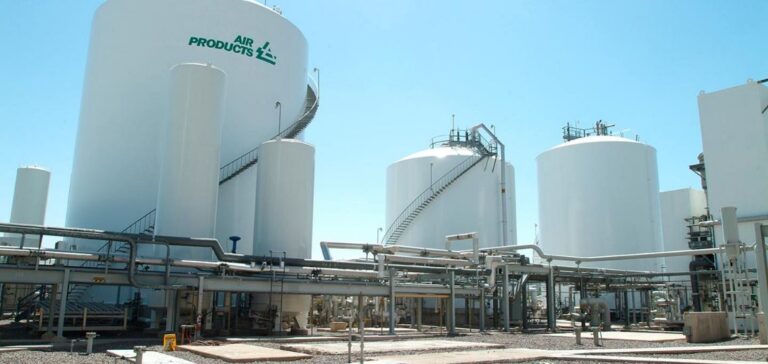Air Products has decided to exit three energy projects in the United States. This decision, following a review by the newly appointed board of directors and CEO, is expected to result in a pre-tax charge of up to $3.1 billion in its fiscal 2025 second quarter. The charge will primarily cover asset write-downs and the termination of contractual commitments.
End of partnership with World Energy in California
The first project concerns the termination of the agreement with World Energy for the sustainable aviation fuel expansion project in Paramount, California. Air Products chose to exit due to commercial challenges surrounding the expansion and current operations at the site.
Cancellation of green hydrogen project in New York
The second project to be cancelled is the construction of a 35 metric ton per day green liquid hydrogen production facility in Massena, New York. This decision follows recent regulatory developments that rendered the existing hydroelectric power supply ineligible for the Clean Hydrogen Production Tax Credit (45V), as well as slower-than-expected development of the hydrogen mobility market in the region.
Termination of carbon monoxide project in Texas
Finally, Air Products has terminated a project in Texas for the production of carbon monoxide due to unfavourable project economics.
Eduardo Menezes, CEO of Air Products, stated: “The decision to exit these three projects will streamline our portfolio and focus our resources on initiatives that offer better value for our shareholders.”
Estimated costs related to the contract cancellations and other project terminations may differ and will be refined in the company’s fiscal second-quarter earnings release. The company continues to evaluate all its ongoing projects but does not expect any further material cancellations in the near future. Updates on major projects will be provided during the next earnings call.






















